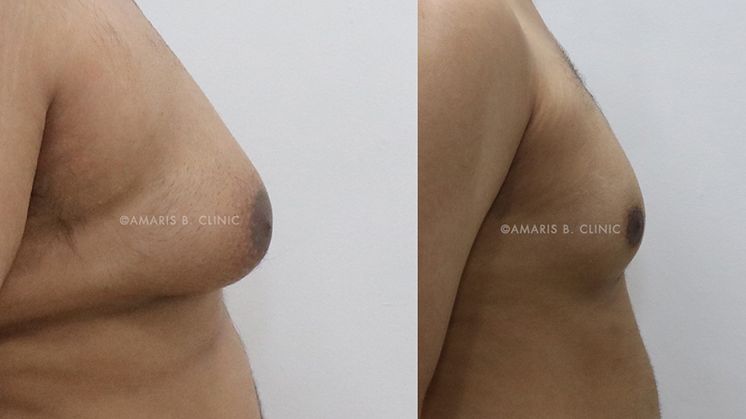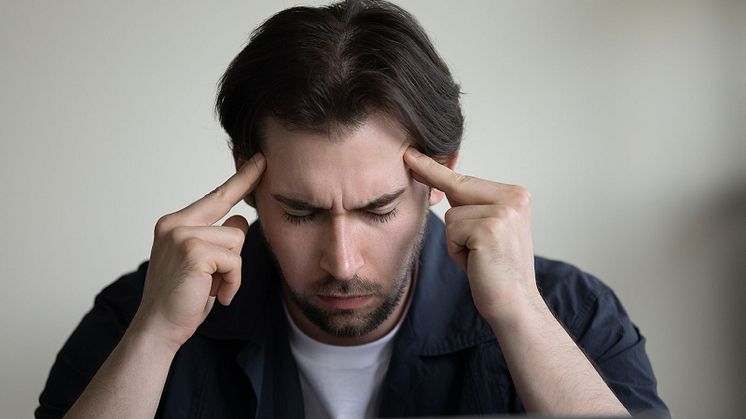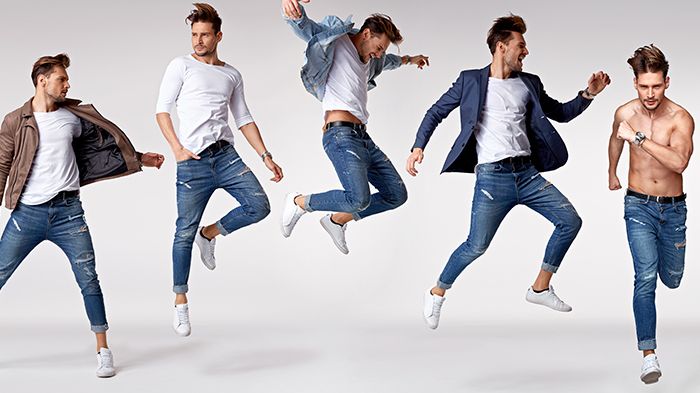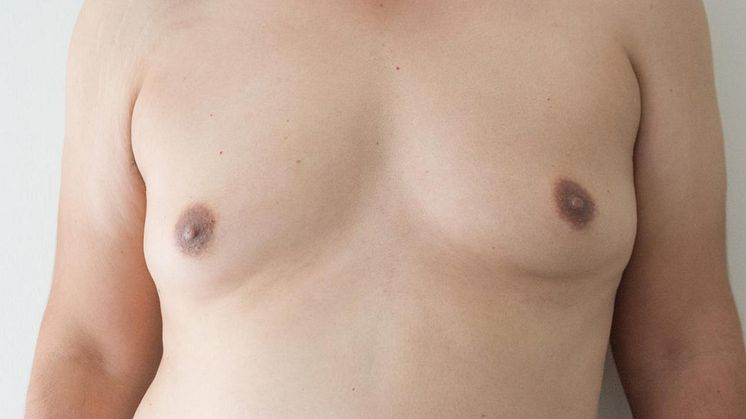
Blog post -
Adolescent gynecomastia: Diagnosis for teenagers with gynecomastia
Gynecomastia (overly enlarged male breasts) is an issue affecting the male gender, both adult and youths. This medical condition is commonly caused by hormonal imbalance and affects both breasts (bilateral gynecomastia) or one-sided breasts (unilateral gynecomastia).
Pseudogynecomastia, on the other hand, is a result of only fat accumulation on the chest. This condition does not affect the male breast glands. Pseudogynecomastia can affect males of any age and stage of life, especially when they are obese or overweight.
Being hormonal imbalance related, gynecomastia frequently occurs among adolescent boys in their pubertal period (between 12 and 16 years old). Research published in the New England Journal of Medicine gives this figure at almost 70 percent. 60 percent of teenage boys, as they go through puberty, develop gynecomastia, although this issue generally resolves on its own among 95 percent of them.
However, if the issue persists after two years, it will be permanent, and the only proven method to address it is gynecomastia surgery.
Signs and Symptoms of Adolescent Gynecomastia
Gynecomastia can cause physical discomfort and pain both in adolescence and adulthood. This is more so when the breast enlarges and becomes significant in size, where a slight contact can cause considerable pain.
Teenagers may not be comfortable discussing the issue and therefore may keep it from their parents and family members. This can lead to long-term adverse effects such as low-self esteem, depression, and lack of body confidence.
The following are some helpful ways to detect if your child may be suffering from gynecomastia:
Physical change - One of the most obvious signs is abnormal breast development. An increase in size and changes in appearance (where the breasts seem identical to a woman's), including enlarged areolas, could indicate gynecomastia. Your child may also slouch more and opt to dress up in baggy tops.
Change in behaviour - The child may seem more withdrawn, prefer to be alone, opting out of social activities, including the family. His mood swing may become more erratic.
Pain - He may complain of discomfort, soreness and pain in the breasts. Although rare, there may be a nipple discharge as well.
The above are just possible indications that your child may be suffering from gynecomastia, but it is not definitive. If it is suspected, striking up a conversation would be a good start, but it has to be done tactfully so that it does not cause (further) embarrassment to the child.
He needs to understand that the issue can be resolved, and seeking a doctor's consultation is the best way to assess and establish if it is indeed gynecomastia.
How to do a physical check to spot if your teenage son has gynecomastia
An enlarged breast is the first indicator of possible gynecomastia, but it may not be definitive.
If your child allows, a physical check may further help determine the extent of his condition. The presence of a soft rubbery lump around the breasts, which can be felt with a gentle touch of the fingertips, indicates that he is highly likely to be suffering from gynecomastia.
It would be a good idea to schedule and seek a doctor's consultation at this juncture. Ensure that the doctor is qualified and well-versed in gynecomastia matters.
What to say to your teenager with gynecomastia?
The stigma surrounding gynecomastia is real, so to help someone with the condition, we must stamp out any prejudice we may have. This holds true and is critical when dealing with vulnerable individuals from the younger age group.
Assure your child that gynecomastia is treatable; he is not alone and has your and family's support to get through this. Your child may be apprehensive and even fearful but do your best to assure them it is essential to seek help from a medical professional regarding this. If gynecomastia surgery is indicative after the consultation, give your son the assurance that you will provide all the support needed.
Advice him not to fall prey to purported "quick fixes" like creams, lotions or pills. Non-surgical treatments such as fat freezing will not be able to remove glandular tissue. Schedule a consultation with an experienced gynecomastia doctor who can accurately diagnose and offer him sound advice.
Why do some teenagers get gynecomastia?
Hormonal imbalance is the common cause. The unbalanced ratio of estrogen to testosterone is usually the cause of adolescent gynecomastia. This is because hormones fluctuate during puberty, causing an elevation in estrogen levels.
Testosterone is the hormone behind male traits, including muscle mass and body hair. On the other hand, estrogen is associated with female traits such as breast development, so an increase in this hormone, particularly in males, leads to its (breasts that resemble a female's) appearance.
In adolescent boys, most pubertal gynecomastia issues go away within two years, but there are still high numbers whose gynecomastia cannot be resolved. Interestingly, breast volume remains the same regardless of whether there is an increase or decrease in weight. Therefore, exercise and diet cannot eliminate gynecomastia.
Fluctuation in hormones also occurs in newborns of both genders due to a mother's estrogen. This cycle happens again in older men, commonly at around 60, as their testosterone levels decrease. This is known as the andropause stage, similar to a woman's menopause.
What is the best approach to treating teenage gynecomastia?
Surgical intervention is the best and proven permanent solution for males suffering from gynecomastia. In adolescents, gynecomastia surgery is highly effective as the patient's young, pliable and elastic skin can more easily contract back.
It is best to get the treatment done the soonest it is detected as skin's pliability significantly decreases with age. A qualified doctor would be in the best position to advise.
Will teenage gynecomastia come back?
Gynecomastia surgery removes the issue permanently when done correctly. The importance of engaging a qualified and experienced doctor can't be reiterated enough.
Post gynecomastia surgery, it is important that the patient follows the post-op care instructions. There is a high chance of recurrence of gynecomastia if the patient uses anabolic steroids or is under prescribed medication for certain medical conditions such as depression. Weight gain may result in fat accumulation on the chest. Hence, the patient must do his part to maintain his post-op results with a healthy lifestyle and balanced diet.
How does the doctor diagnose teenage gynecomastia?

Generally, to diagnose teenage gynecomastia, hormone lab tests are not really needed to establish the presence of gynecomastia.
According to Dr Ivan Puah, Medical Director, Amaris B. Clinic," History taking and physical examinations such as pinch tests are the keys to diagnosing if the patient is suffering from gynecomastia for this group of patients." Dr Puah has treated many gynecomastia patients, successfully performing the procedure for over 15 years.
The pinch and touch test done by Dr Ivan Puah determines if a patient has gynecomastia. The presence of a mound of fibrous and firm tissue is almost always a good indication. Besides that, he will also assess the patient for skin laxity, and the presence of excess fat on the chest. A detailed medical history, patient's experience, and family history will also be taken during the consultation.
Choosing the right gynecomastia surgery doctor in Singapore for your child
When choosing a suitable gynecomastia surgery doctor in Singapore, it is crucial to note that gynecomastia comes in varying degrees and, so it is best to leave the diagnosis to a qualified doctor.
If you think your child may be suffering from gynecomastia, do not hesitate to schedule an appointment with a doctor for a private consultation.




